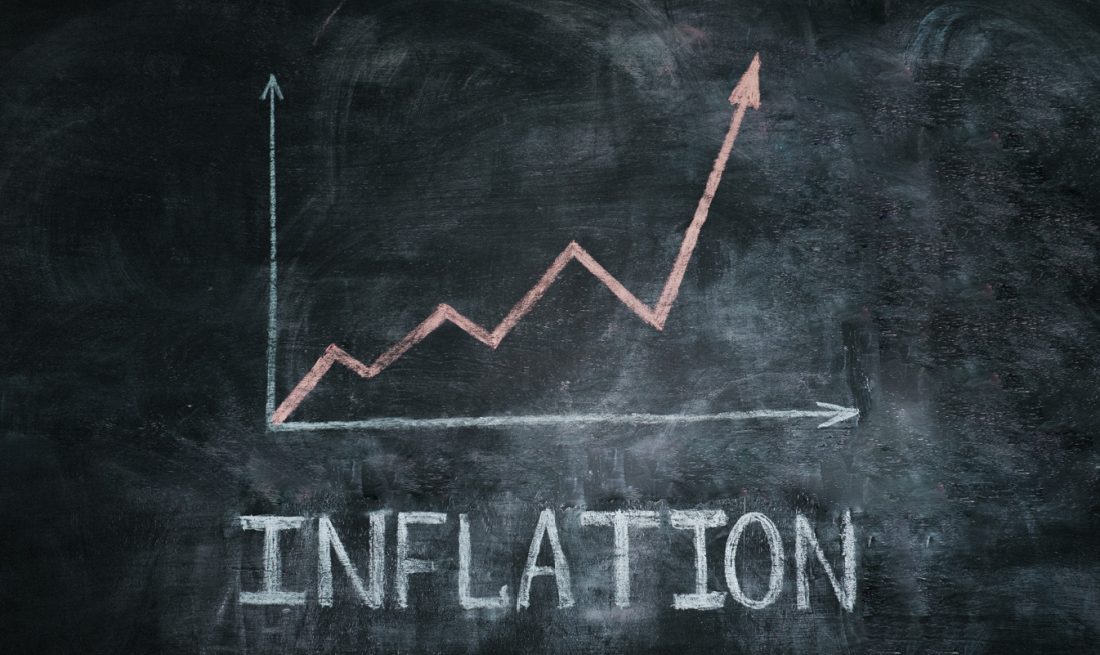How Restaurants Can Combat Inflation with the Top-Down and Bottom-Up Method to Profitability
4 Min Read By Morgan Harris
While we’re all ready to put the pandemic behind us, many industries are still dealing with the disruptions left in its wake. The restaurant industry perhaps more than others. Neck and neck with the labor shortage, inflation has recently become a huge issue that operators are forced to combat.
The prices of goods and services have increased 8.5 percent from March 2021 to March 2022, accounting for the highest inflation rate since December 1981. Rebounding demand, supply chain issues, and labor shortages are mostly to blame for driving prices to an all-time high.
According to recent data from Ipsos, nearly two-thirds of adults (65%) believe the rate of inflation will go up in the future. With little relief in sight soon, restaurant operators will be forced to examine their operations to find ways to obtain profitability. One highly effective strategy is taking the top-down and bottom-up approach.
Menu engineering is a top-down approach to increasing revenue while Actual versus Theoretical (AvT) – tracking the difference between theoretical food costs and actual food costs – is a bottom-up approach to controlling costs. Integrating menu engineering and AvT tracking allows each solution to complement the other, fueling an effective profit margin strategy. By integrating these two tools, you can work on increasing revenue and decreasing costs at the same time, widening the space for your profit margin.
Create More Profitable Menus with Menu Engineering
Few things impact your restaurant’s success more than your menu execution. Not only is your menu a key part of the customer experience but consider all major areas of restaurant operations, such as food cost, labor, marketing, accounting, and sales forecasts when making decisions about your menu.
Menu engineering helps you understand the profit of your individual menu items. This is a “top-down” approach that focuses on increasing revenue. By analyzing popularity vs profitability, you may find that you have a popular item with a low margin and a less popular item that has an excellent margin. By making small tweaks to the placement of these items in your menu, you can make significant increases to your bottom line.
Prioritize Accurate Recipe Costing
The menu engineering process depends on knowing the exact profit margin of each item and the exact food cost for preparing these items. Maximizing recipe efficiency is a moving target that is specific to your restaurant. It requires a careful examination of your recipes, your team’s prep efficiency, and menu item prices. In addition to a more efficient pricing model, recipe costing can also help point out which dishes should be pushed, which ones should be retired, and which ones need the portion sizes or ingredients reexamined.
Take Advantage of QR Codes
The possibility of a key recipe ingredient not being available, or its price suddenly soaring can make your menu offerings and pricing fluctuate. The use of QR codes in lieu of traditional menus will not only save hundreds of dollars in menu re-prints but also allows you to make immediate changes from a smartphone if necessary.
Troubleshoot Actual vs. Theoretical (AvT) Variances to Control Food Costs
With accurate recipe information gained from menu engineering, it’s now time to see how much product you are using in theory versus how much you actually use, which can be critical to your profitability. AvT provides the “why” behind your food cost variance, whether it be shrinkage, waste, breakage of contract prices, etc. You can also compare AvT across multiple locations to focus on the locations that need the most help.
Train Staff on the Importance of Restaurant Inventory Control
Training staff on inventory control provides value to your entire organization. Using waste logs and tracking yield of food items are opportunities to educate your team on the more metrics-driven side of the restaurant business. Team members engaged in these fundamental food cost techniques can see how their role on the line impacts the CoGS, the health of the business, and their jobs.
Learn to Forecast Accurately
Forecasting enables you to purchase food, beverage, and supplies at the right level. By tracking historical sales, you can use this information to forecast what you will need to buy for the next comparable sales period.
For instance, regarding prep, following certain rules because of a “that’s how it’s always been done” leads to over-prepping with wasted product (and dollars) sitting on your shelf based on a fear of running out. Accurately forecasting reduces waste and maximizes efficiencies by getting away from the par level inventory idea that you need to always be “prepared for busy.”
In addition, tailoring your food cost can influence your labor cost, too, especially when it comes to prep. There is a blurred line between CoGS and labor costs. When you have a data-driven idea of how much you need to prep, you can better allocate labor for those prep hours.
Track Food Waste
Food waste can come from many different areas of a restaurant. You can’t correct what you don’t track. Using multiple strategies for tracking waste, from a clipboard on the line to a comp button on the POS for spills, is a way to identify opportunities for improvement over time. You may never achieve absolute perfection, but you can continue to close your AvT food cost gap.
Menu engineering and AvT are both powerful tools alone, but when used together, they make a strong foundation for an effective strategy for controlling food costs and increasing revenue at the same time.


